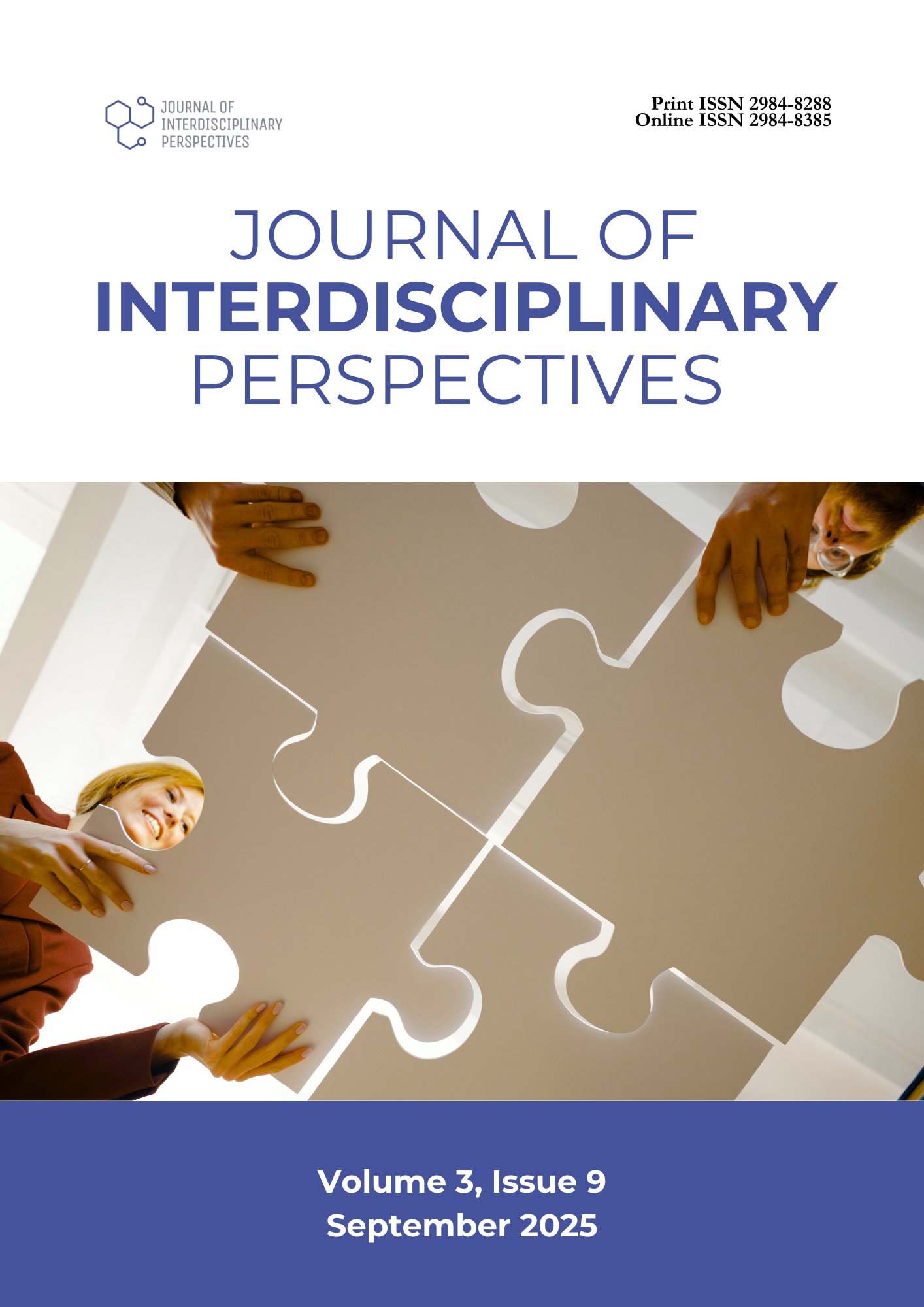Licensure Exam for Teachers (LET) Elementary and Secondary Performance: Implications for Teacher Preparation
DOI:
https://doi.org/10.69569/jip.2025.551Keywords:
LET trend analysis, Licensure Examination for Teachers, Teacher preparationAbstract
Persistent gaps in the licensure performance of teacher education graduates in the Philippines raise urgent concerns about the alignment and effectiveness of pre-service teacher preparation. This study employed a descriptive quantitative research design utilizing archival data from the Professional Regulation Commission (PRC) on Licensure Examination for Teachers (LET) pass rates from 2014 to 2018, focusing on both the elementary and secondary levels. The objective was to analyze national passing rates, year-on-year changes, and comparative trends between Bachelor of Elementary Education (BEEd) and Bachelor of Secondary Education (BSEd) programs. Key findings revealed a declining trend in BEEd pass rates, reaching a low of 20.05% in 2017, while BSEd pass rates steadily improved, peaking at 41.46% in 2018. The performance gap widened sharply, from 0.95 percentage points in 2014 to 19.69 in 2018, indicating systemic deficiencies in elementary teacher education. Year-on-year trends showed volatile shifts in BEEd outcomes, particularly a significant -32.54% drop in 2017, compared to a more stable pattern of positive gains in BSEd, such as +14.74% in 2015 and +10.16% in 2017. These disparities underscore the need for differentiated, data-informed reforms, including strengthened curricular alignment, institutionalized pre-licensure diagnostics, enhanced practicum quality, and structured in-house review programs, particularly for BEEd tracks. Furthermore, this study affirms the need for targeted and systemic recalibration of teacher education programs to foster equitable licensure success and ensure high-quality classroom instruction in both elementary and secondary education.
Downloads
References
Abao, E. D., Petancio, J. M., Sanchez, J. M. P., & Sumalinog, G. G. (2023). Performance of beginning teachers in the licensure examination for teachers: A national study. Frontiers in Education, 8, Article 1240658. https://doi.org/10.3389/feduc.2023.1240658
Amanonce, J. T., & Maramag, A. M. (2020). Licensure examination performance and academic achievement of teacher education graduates. International Journal of Evaluation and Research in Education, 9(3), 510–516. https://doi.org/10.11591/ijere.v9i3.20614
American Educational Research Association. (2011). Code of ethics. Retrieved from https://tinyurl.com/snez3wzm
Babbie, E. (2020). The practice of social research (15th ed.). Cengage.
Best, J. W., & Kahn, J. V. (2006). Research in education (10th ed.). Pearson.
Cadosales, M. N. Q., Sanchez, J. M. P., Cordova, M. E., Merin, J. A., & Augusto, W. S., Jr. (2023). Exploring the predictive influence of licensure examination results for beginning teachers’ performance: The case of the Philippines. Frontiers in Education, 8, Article 1252368. https://doi.org/10.3389/feduc.2023.1252368
CHED. (2017). CHED Memorandum Order (CMO) No. 74, Series of 2017: Policies, standards and guidelines for the Bachelor of Elementary Education (BEEd) program. Commission on Higher Education.
Creswell, J. W., & Creswell, J. D. (2018). Research design: Qualitative, quantitative, and mixed methods approaches (5th ed.). Sage.
Darling-Hammond, L., Burns, D., & Campbell, C. (2017). Empowered educators: How high-performing systems shape teaching quality around the world. Jossey-Bass.
EDCOM II. (2025). Fixing the foundations: A matter of national survival (Preliminary technical report: Transforming Philippine education). Second Congressional Commission on Education. https://edcom2.gov.ph
Ferrer, J. C. (2024). Academic performance and predictors of licensure examination for teachers of Bachelor of Elementary Education. Malaysian Journal of Social Sciences and Humanities, 9(11), Article e003091. https://doi.org/10.47405/mjssh.v9i11.3091
Ferrer, R. P., Buted, D. J., & Dimas, R. B. (2024). Factors affecting the licensure examination for teachers (LET) performance of BSEd graduates in a state university. Pakistan Journal of Life and Social Sciences, 22(2), 14556–14561. https://doi.org/10.57239/PJLSS-2024-22.2.001047
Fiscal, R. R., & Roman, A. G. (2022). Pre-licensure examination as predictor of licensure examination for teachers result. International Journal of Evaluation and Research in Education, 11(1), 136–142. https://doi.org/10.11591/ijere.v11i1.22133
Fraenkel, J. R., Wallen, N. E., & Hyun, H. H. (2012). How to design and evaluate research in education (8th ed.). McGraw-Hill Education.
Igcasama, A. M., Layao, J., Magallano, S. M., & Maloloy-on, M. (2021). Factors affecting the Licensure Examination for Teachers (LET) performance of Saint Michael College of Caraga (2017–2019). SMCC Higher Education Research Journal, 3(1).
Johnston, M. P. (2014). Secondary data analysis: A method of which the time has come. Qualitative and Quantitative Methods in Libraries, 3(3), 619–626. https://tinyurl.com/93zh4ddd
McMillan, J. H., & Schumacher, S. (2014). Research in education: Evidence-based inquiry (7th ed.). Pearson.
National Academies of Sciences, Engineering, and Medicine. (2023). Testing teacher candidates: The role of licensure tests in improving teacher quality. The National Academies Press. https://doi.org/10.17226/26739
Porras, C. J. M. (2024). Constructive alignment approach to curriculum-licensure integration: A case study of teacher education program coordinators. International Journal of Research in Social Sciences, 14(2), 194–208. https://tinyurl.com/y8m6ku8k
Quiño-Justol, J. B. (2024). Perspectives of teachers on the integration of assistive technology in higher education inclusive classrooms in the Philippines: Importance, benefits, social support, and challenges. Journal of Interdisciplinary Perspectives, 2(12), 497–509. https://doi.org/10.69569/jip.2024.0428
Salendab, F. A., Dela Cruz, J. E., Tabifranca, C. A., & Fortaliza, J. E. (2024). Analyzing the performance trends in Licensure Examination for Teachers (LET) among Bachelor of Elementary Education graduates: A quantitative approach. International Journal of Multidisciplinary: Applied Business and Education Research, 5(9), 3632–3641. https://doi.org/10.11594/ijmaber.05.09.23
Shuls, J. V., & Trivitt, J. R. (2015). Teacher effectiveness: An analysis of licensure screens. Educational Policy, 29(4), 645–675. https://doi.org/10.1177/0895904813510777
Simbulan, N. G. (2022). Case study on board review strategies and performance among BEEd students. Journal of Teacher Preparation and Practice, 6(2), 80–92.
Tamayo-Amanonce, J. C., & Maramag, A. M. (2020). Licensure examination performance and academic achievement of teacher education graduates: Correlational analysis in Cagayan Province. International Journal of Evaluation and Research in Education, 9(3), 510–516. https://doi.org/10.11591/ijere.v9i3.20614
UNESCO. (2022). Sustainable Development Goal 4: Ensure inclusive and equitable quality education and promote lifelong learning opportunities for all. United Nations Educational, Scientific and Cultural Organization. https://sdgs.un.org/goals/goal4
Vartanian, T. P. (2010). Secondary data analysis. Oxford University Press.
Downloads
Published
How to Cite
Issue
Section
License
Copyright (c) 2025 Journal of Interdisciplinary Perspectives

This work is licensed under a Creative Commons Attribution-NonCommercial 4.0 International License.








